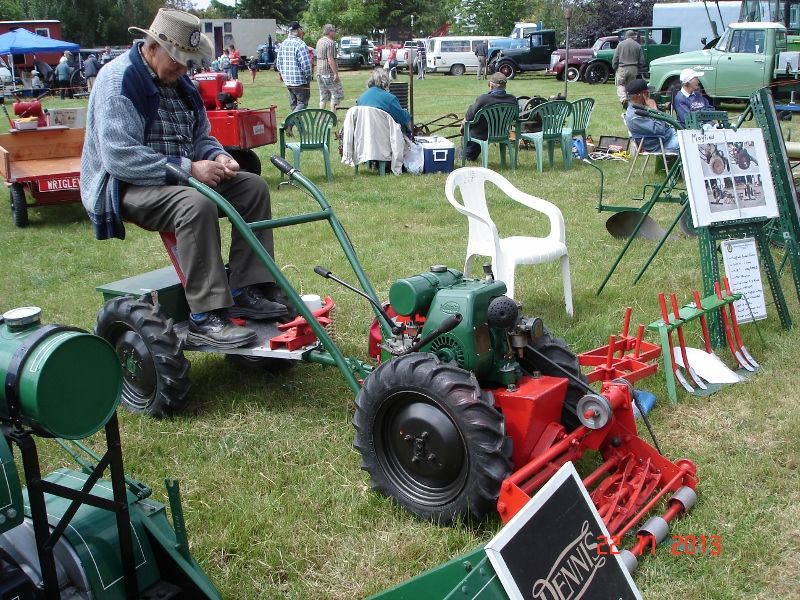Please bear with someone who has not done anything like this before.
The problem I'm contemplating is that the 'scrap' mower I bought has very worn cylinder cutters with no adjustment left. Replacement spools are near £300 each and there's 4 worn ones.
It occurs to me that it should be possible to grind out the old cutter blades and replace them. they are only welded in at one fillet on each support.
To be more specific and longwinded the spools are over 2 foot long (allowing for the end bearings) the cutter section is the central axis with 4 discs evenly mounted..each disc with 6 slots into which the blades sit. And the blades follow a 90 deg spiral from one end to the other over a 22,5in length
The new blades are near enough 1.5in wide and 1/4 in thick. I had in mind to replace them with hot rolled 35x6mm steels (which would have more years of life in them than the machine itself)
There;s obviously going to be a number of ways of shaping the blades. I could lay my hands on a borrowed torch to hot bend but i have no experience of using one and I'm guessing getting an even twist would be a serious skill.
So i was wondering about cold bending since that ought to give an even twist?
What i had in mind is to make up a jig.. essentially a 2 foot square section bar, say 45mm and create a fixed point at one end at the radius needed (about 4 5in guesstimated). I was thinking of making that fixed point out of a sandwich of two bars bolted together since that makes cutting a slot for the new blade-to-be-bent easiest as well as the fixing to the axis bar. For the other end a similar arrangement but turn a bearing surface so that end can rotate – with a much longer lever. (slip a scaffold pole over the end?)
The problems I forsee is that any attempt to clamp this in a vice would likely rip it out of my bench or rip my bench off the floor. I've come up with the idea of clamping the whole arrangment around the base of one of the vertical RSJ's that support a dutch barn and are solidly concreted into the ground.
What remains a bit of a mystery to me is what sort of force and lever length is going to be required to bend and twist this helix – whether that can be done by human power or using my tractors loader bucket?
Indeed whether this is likely to work at all or just a silly idea?
ANDY CAWLEY.



 And the pet sheep would eat all the fruit trees/bushes/veggies if lawnmowing.
And the pet sheep would eat all the fruit trees/bushes/veggies if lawnmowing.


